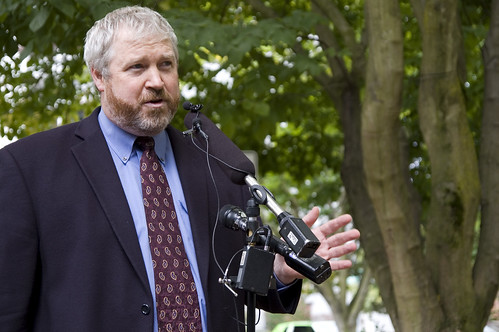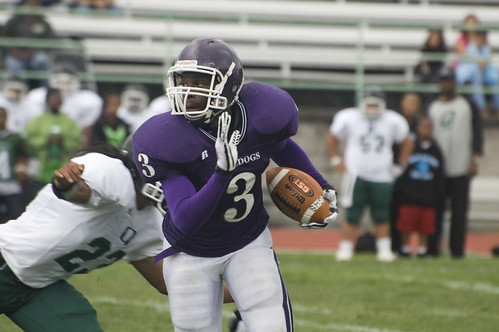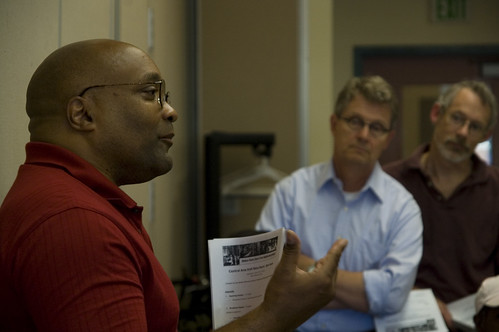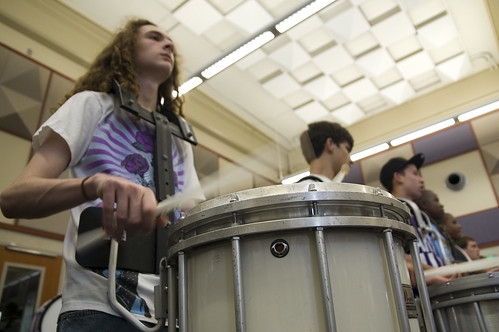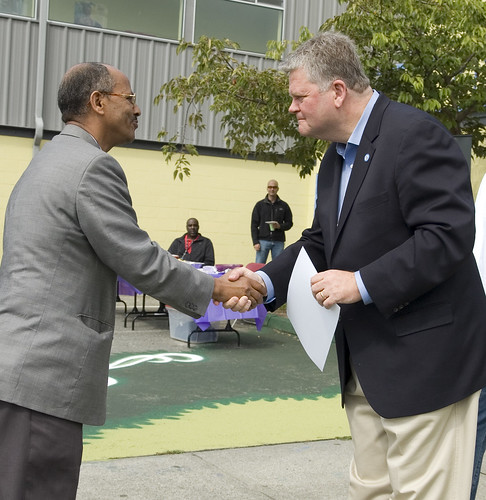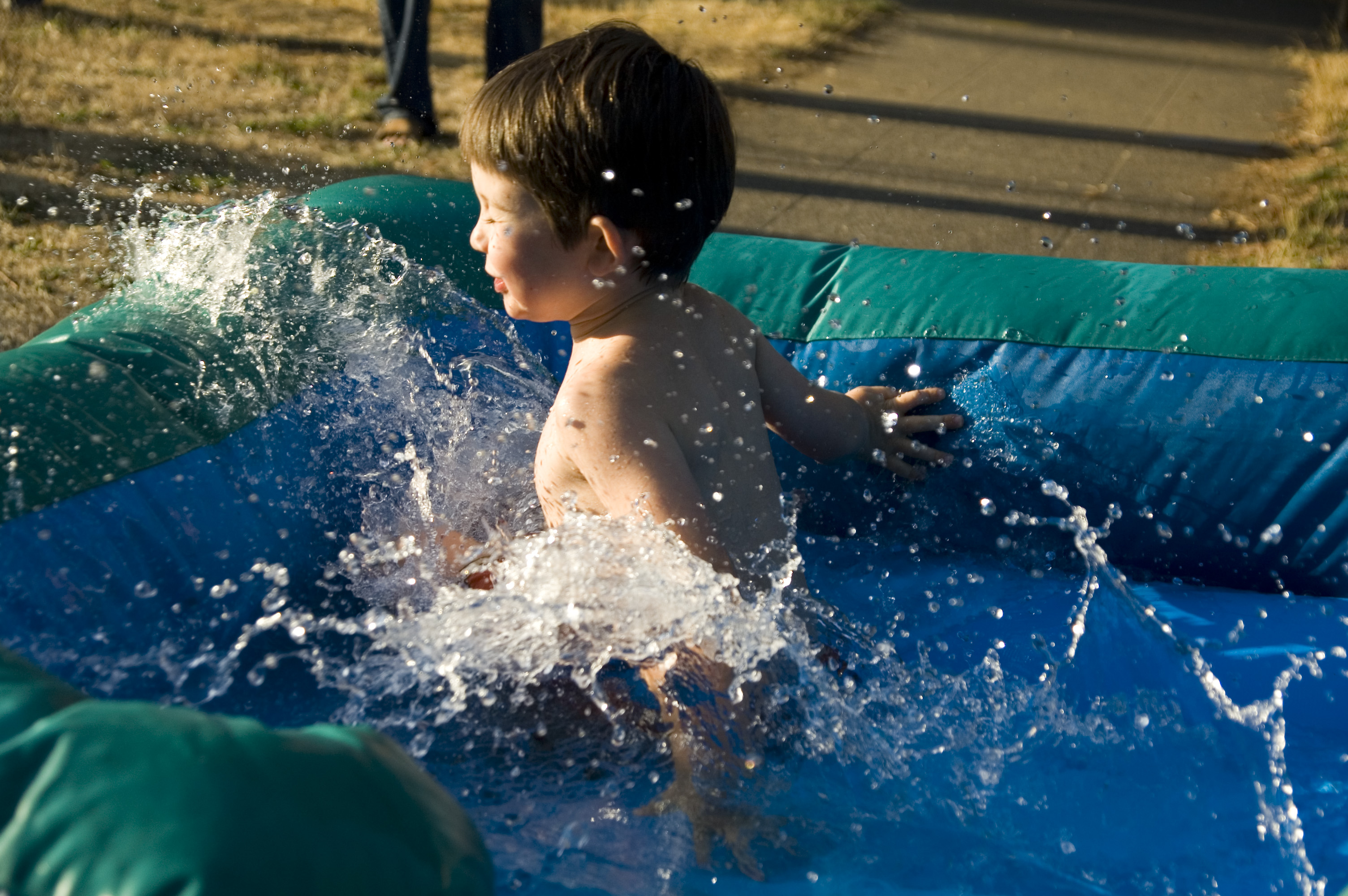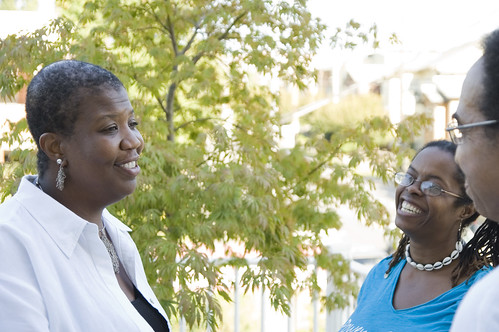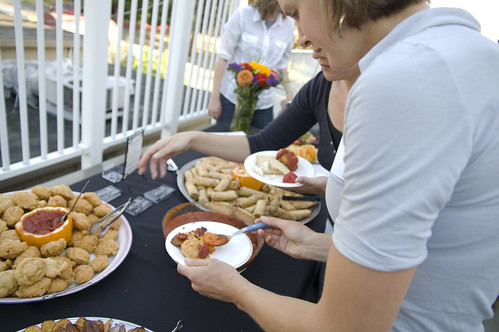After a long application and review process, 19 neighborhood plans from across Seattle were accepted for additional funding through the Neighborhood Matching Fund. The awards were presented Saturday by Mayor Nickels at the historic Boys and Girls club in Greenwood, the first Boys and Girls club in Washington, and a recipient of matching fund money as well. According to Nickels, this year’s matching funds were in high demand, with three times as many applicants as last year.
Of the 19 groups accepted, the East African Art and Culture Association (EAACA) was the only organization from the heart of the Central District receiving funds. In order to “enhance multimedia knowledge and skills and to promote cross-cultural art”, EAACA was granted $45,000 to add to the money it raised on its own.
Speaking with EAACA founder Sultan Mohamed, he explained the program is only a year old, but has given many under-served youth a chance to learn a great skill and share their multimedia talents with others. The money, he said, will help continue the project, training returning members to recruit and mentor new kids entering into the program.
EAACA is open after school and Saturdays, providing youth with access to computers, art, and connecting them with volunteer opportunities.
Full list of award winners:
$80,000 to the Polish Home Association for an expansion and remodeling project (Central District)
$71,737 to the Artists Collaborative of Southeast Seattle for dance and instrumental music programs that offer positive alternatives for youth and encourage partnerships between families, schools, and community groups. (Southeast Seattle)
$63,750 to the Committee for Renovation of the West Woodland Field for creating a green sustainable track and a ga-ga ball court and rain garden on the school playground. (Green Lake/Phinney)
$67,210 to the Global to Local project to create youth-driven approach to creating and producing programming in Delridge and West Seattle. (Delridge/West Seattle)
$75,000 to the Southeast Seattle Senior Center for the renovation and upgrading of the facility. (Rainier Valley)
$77,200 to the Youngstown Cultural Arts Center for the ALL ACCESS partnership to empower local youth through arts-based learning. (Delridge)
$54,849 to the Homeless Place of Remembrance Committee for the creation of an artistic remembrance to honor homeless people who have died. (Downtown)
$79,700 to the Friends of International Children’s Park for to contribute to the restoration of the park by adding play equipment and commission a public art installation. (International District)
$54,849 to the Delridge Neighborhood Trails Committee to create kiosks and wayfinding signs to guide pedestrians to parks, business areas, and community resources. (Delridge)
$50,000 to the Friends of Northlake Wharf for planning efforts to convert an underused piece of waterfront into an active public site for community use. (Lake Union/Fremont)
$100,000 to the Seward Park Playground Improvement Foundation for construction of a new nature-themed play area at the entrance of Seward Park. (Seward Park)
$95,100 to the Vietnamese Friendship Association for a community organizing project that will foster youth leadership, civic engagement, and creation of a model those immigrant communities can use to address social and economic inequities. (Southeast Seattle)
$28,230 to SouthEast Effective Development for marketing and expanding access and use of the Columbia City Gallery and increase opportunities for diverse artists. (Columbia City)
$60,000 to Kimball Elementary PTSA to create a global learning community by fostering inclusion and support, leadership development, and providing programs and classes for parents. (Beacon Hill)
$45,000 to the East African Art and Culture Association to work with youth on enhancing multimedia knowledge and skills and to promote cross-cultural art. (Central District)
$80,000 to the North Seattle Boys and Girls Club for the creation of a plaza and gathering place for Greenwood neighbors. (Greenwood)
$88,200 to the Concord Elementary PTSA for the creation of a multi-purpose space for outdoor recreation and education. (South Park)
$90,000 to the Friends of Waterway #18 to create a new gathering place on Lake Union by restoring the shoreline, planting native habitat, and improving access. (Wallingford)
$98,761 to the West Seattle Junction Association for the creation of a community plaza and green space in the heart of the West Seattle Junction. (West Seattle)

